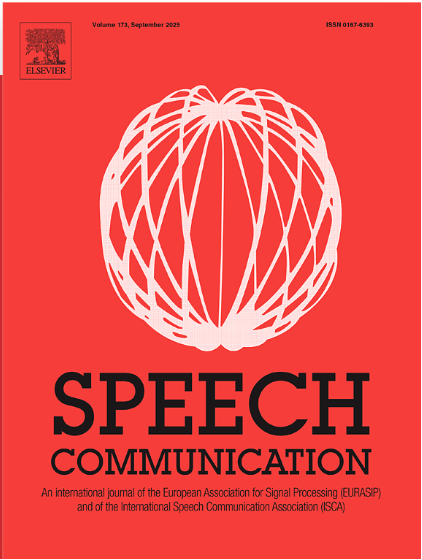Abstract:
Korean and Mandarin are reported to have on-focus expansion and post-focus compression in marking prosodic focus. It is not clear whether Korean L2 learners of Mandarin benefit from this prosodic similarity in the production of focused tones or encounter difficulty due to the interaction between tone and intonation in a tonal language. This study examined the prosodic focus of Korean L2 learners of Mandarin through a production experiment, followed by the development of a machine learning classification to automatically detect learners’ production of focused elements. Learners were divided into two groups according to proficiency level (advanced and intermediate) and were directly compared with Mandarin native speakers. Production results showed that intermediate-level speakers did not show any systemic modulations for focus marking. Although the advancedlevel speakers performed better than the intermediate group, their prosodic effects of focus were significantly different from those of native speakers in both focus and post-focus positions. The machine learning classification of focused elements reflected clear focus-cueing differences among the three groups. The accuracy rate was about 86 % for the native speakers, 49 % for the advanced learners, and about 34 % for the intermediate learners. The results of this study suggest that on-focus expansion and post-focus compression are not automatically transferred across languages, even when those languages share similar acoustic correlates of prosodic focus. This study also underscores that the difficulty in acquiring the prosodic structure of a tone language lies mainly in mastering tone acquisition, which impacts non-tonal language learners, leading to ineffective performance of on-focus expansion and post-focus compression.

原载Speech Communication, Volume 173, 2025
